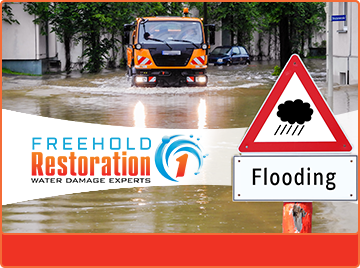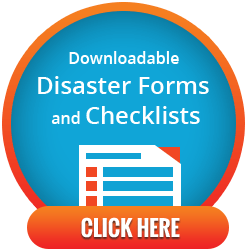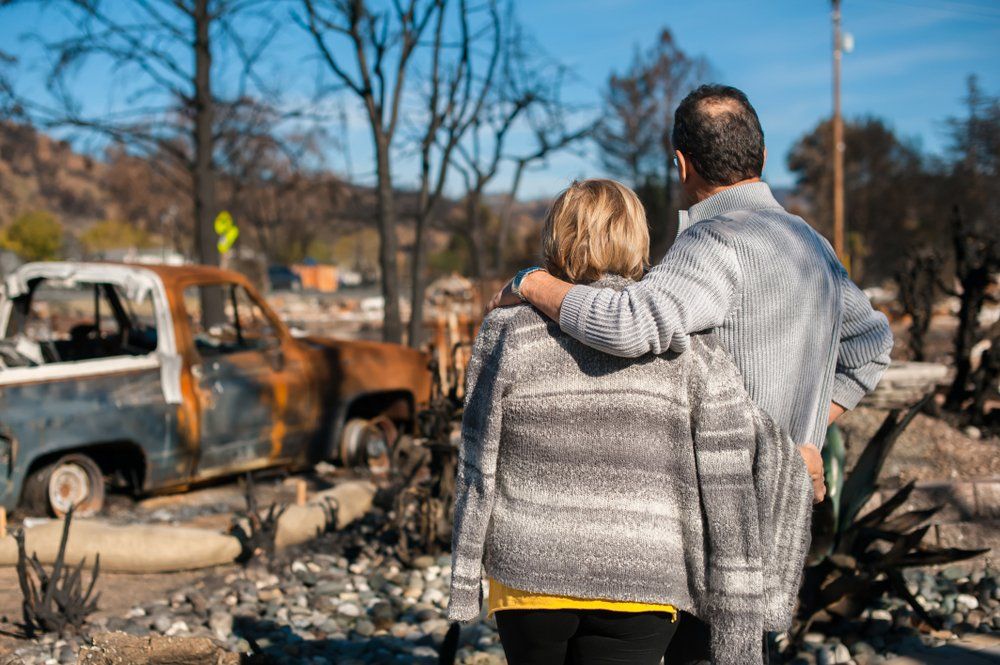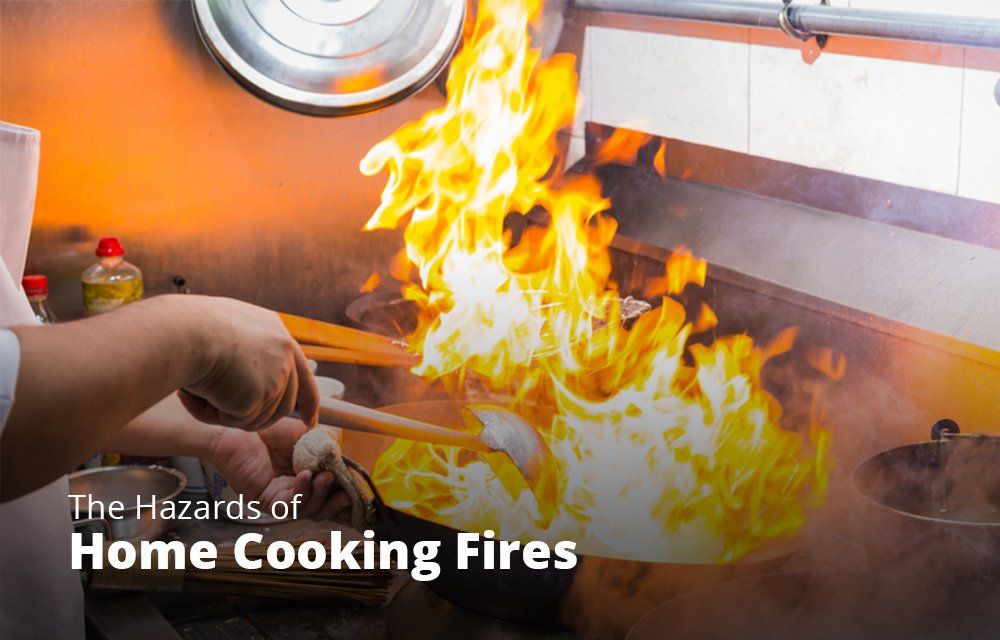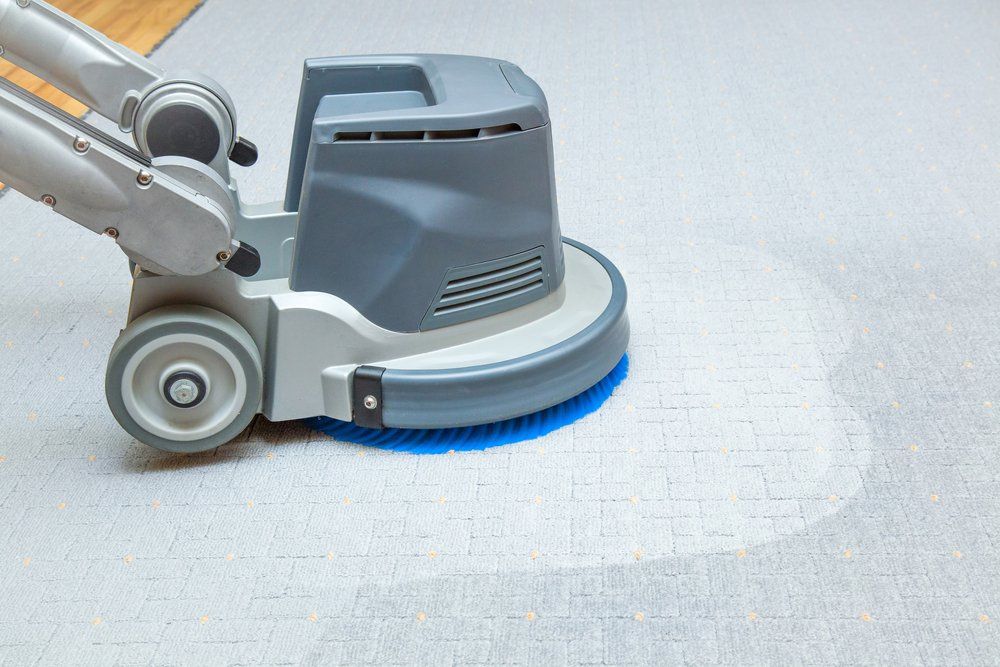Blog - Restoration 1 of Freehold
CONTACT US TODAY
Signs and Symptoms of Mold Exposure
You are surrounded by mold. It’s in the air we breathe, on the surfaces we touch each day, and inside of our homes. That is a simple fact of life. Mold has been on this planet for millions of years, and it’s not going anywhere anytime soon. As long as there is moisture and humidity in the air, mold can settle down on any surface and begin spreading its spores. Often, this means inside of your home. After a short while, you’ll start to notice you’re feeling a little down. You’re coughing, sneezing, and can’t stop rubbing your eyes. These are symptoms of early mold exposure. You need to schedule professional mold remediation to eradicate any mold inside of your home. Do not hesitate to call a local restoration company.
Black Mold Poisoning
Perhaps the most well-known of any mold species is Stachybotrys Chartarum, or black mold. It is often referred to as “toxic mold,” though that name is often inaccurate. There are certain types of mold that are toxigenic, meaning they produce toxins known as mycotoxins. However, the mold itself is not toxic or poisonous in any form. The hazard here is the mycotoxins released into the air.
With black mold, health concerns tend to appear over an extended period. Due to long-term mold exposure, you may suddenly experience:
- Coughing
- Wheezing
- Runny nose
- Itchy skin
- Sore throat
- Nosebleeds
Those are short-term symptoms. If the condition worsens or goes untreated, or if you suffer from asthma or a respiratory allergy, then the symptoms may be far more severe. These symptoms include:
- Chronic coughing
- Headaches
- Difficulty breathing
- Sinus inflammation
- Fatigue and lethargy
Long-Term Mold Exposure
There are very rare cases in which long-term mold exposure causes the most severe of symptoms. Even chronic coughing and sinus inflammation can be treated with a trip to the doctor. But these symptoms often require long-term treatment. They include:
- Memory loss
- Difficulty concentrating
- Sensitivity to light
- Anxiety
- Nerve issues
- Pain and cramps
- Weight gain
Who is at Risk for Mold Exposure?
Not everyone is affected in the same way by mold exposure. Some people have a higher risk of developing mold exposure symptoms. These groups include those with asthma, respiratory allergies, seasonal allergies, or chronic obstructive pulmonary disease (COPD).
Furthermore, those with a weakened immune system, including the elderly, are at a higher risk of mold symptoms. Then, there are children. Black mold exposure is often more harmful to children than anyone else. According to the Centers for Disease Control and Prevention , research suggests young children who inhale mold spores may develop asthma later on in life.
If you discover any type of mold in your home, contact Restoration 1of Freehold at 908-386-5233. We provide mold remediation and inspection services at a moment’s notice!



